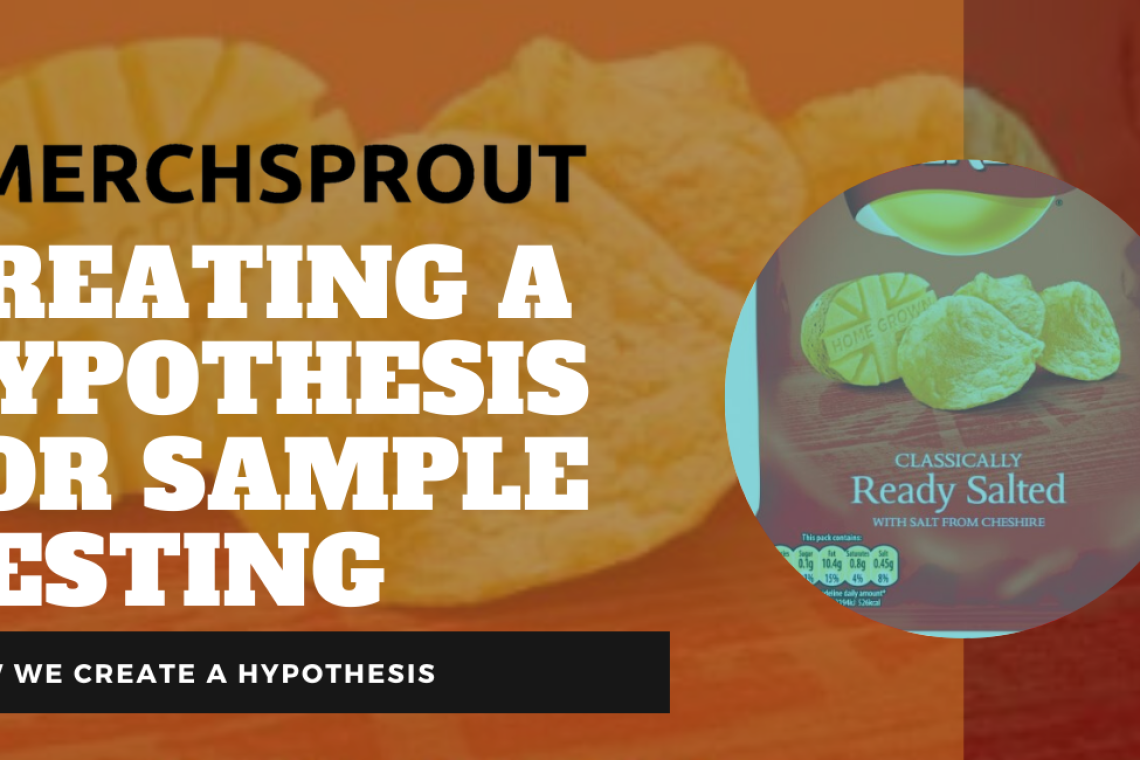In our last post, we discussed the importance of the Z score, how it helps us when sample testing components. In this blog post, we discuss creating a hypothesis for sample testing.
We should probably start at the beginning.
What is a Hypothesis Test?
A hypothesis is an idea or explanation that is proposed, the test is to either prove it or disprove it.
So you ask, that great? But why does it matter when testing for quality?
Say, for example, we are faced with a very large task; we have a batch of 10,000 bags of crisps, we want to ensure that they all fall within a certain weight criteria.
We cannot weigh 10,000 bags individually, it would take far too long.
But, we can generate a hypothesis for it.
We take a sample of this population (we talked about sample sizes here).
Then… develop a Hypothesis question.
Why develop a Hypothesis
I have a factory that has made a batch of 10,000 bags of crisps. The quality requirements for the crisps, from a weight perspective, need to be 33g per bag.
Now, obviously we cannot have every bag exactly at 33g, we know from previous posts we have something called variation, this is where we have a tolerance of +/- 1.5%. (the 1.5% tolerance is an arbitrary number made up for this example).
We want to get to a point where we have a degree of confidence that none of the bags are lower than 33 g (-1.5% = 32.51g).
Let me explain why this may be very important for a company;
Let’s imagine for a minute you are a major company, for example sake say, Walkers crisps (other brands, of course, available, they sell mainly air anyway!).
You have a customer, and they discovered that you are selling bags of crisps that weigh in at 30g, yet are sold per 33g weight; your customers are going to be somewhat frustrated.
That’s almost a 10% reduction in product for the same money.
If this was a one-off then you could put it down to a slip through the net, after all these things do occasionally happen.
Your customer would contact you and would probably get a refund, may even get lucky with few free bags of crisps…
If its a systematic problem though then customers on mass are going to be severely annoyed. You may get investigated by trading standards and customer confidence will be severely diminished.
Sounds expensive right?
A true example of COPQ!
So we want to ensure that the bags are definitely not on the low side, or we reject the entire batch.
Our Hypothesis?
Our Hypothesis is, therefore:
Standard state: Bags of crisps weigh more than 32.51g
Opposite state: Bags of Crisps weigh less than 32.51g
Hypothesis development
If we continue on our example from above; we express our hypothesis like this:
Null hypothesis, H0= No difference between groups, Standard state
Alternative hypothesis, H1= There is a difference between groups, Opposite State
Null hypothesis, H0= All bags of crisps weigh > 32.51g
Alternative hypothesis, H1 = Some bags of crisps weigh ≤ 32.51g
- ≤ is the symbol for less than or equal to
- < is the symbol for less than
- > is the symbol for greater than
Developed Hypothesis
Now we have our H0 and H1 hypothesis developed. We now need to get rid of one. This is called the rejection of the hypothesis.
It’s important to understand that the rejection of a hypothesis is not proving the alternative hypothesis, but attaching a certain degree of certainty to the situation.
I think of it like a guilty or non-verdict in a court case. If a defendant is deemed to be not guilty, that does not necessarily mean that they are innocent, it merely means at that point in time there is not enough evidence to suggest that beyond doubt the defendant is guilty of that crime.
It’s a little like hypothesis testing: We are attaching a certain degree of confidence to a situation.
Conclusion
So that it, our hypothesis developed. This is step 1 in the proving or disproving a certain situation. In our next blog post, we will talk about stating our Alpha and Beta, error states and what calculation test statistics we will use to work out our hypothesis.
If you want to learn more about testing, quality control and how we can conduct quality control tests on your product then get in touch.
We have teams through China who conduct sample testing, auditing and sourcing. We are your team in China to get the quality you deserve!



